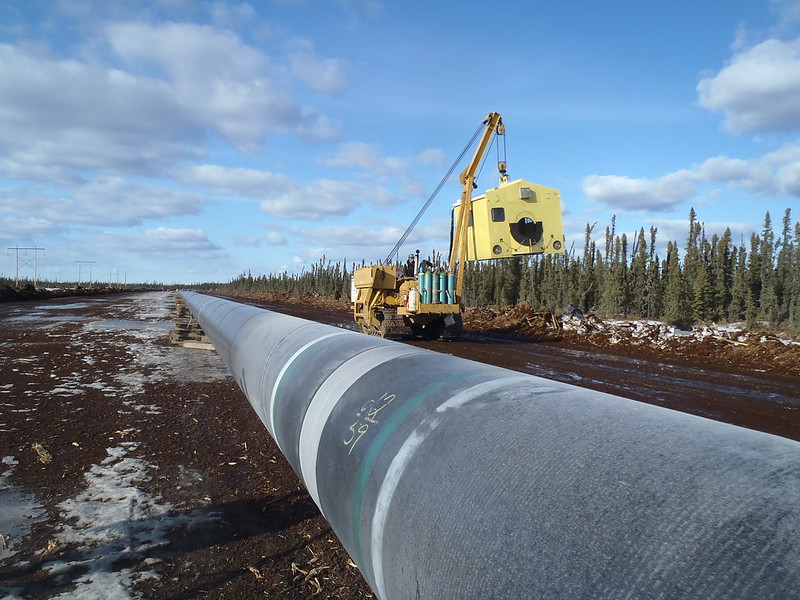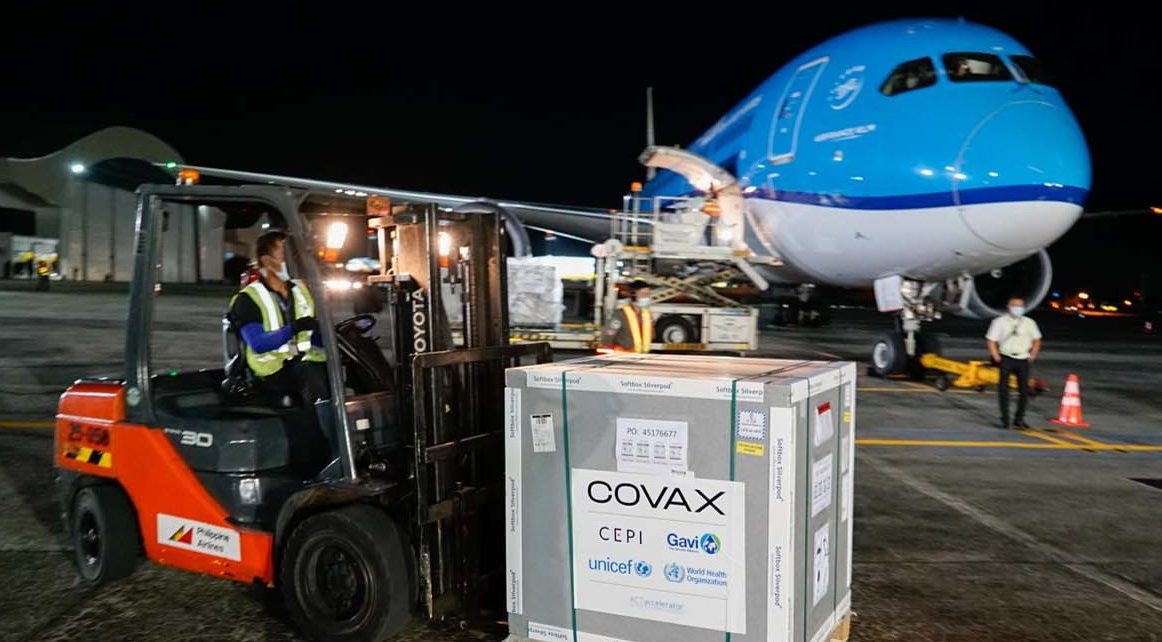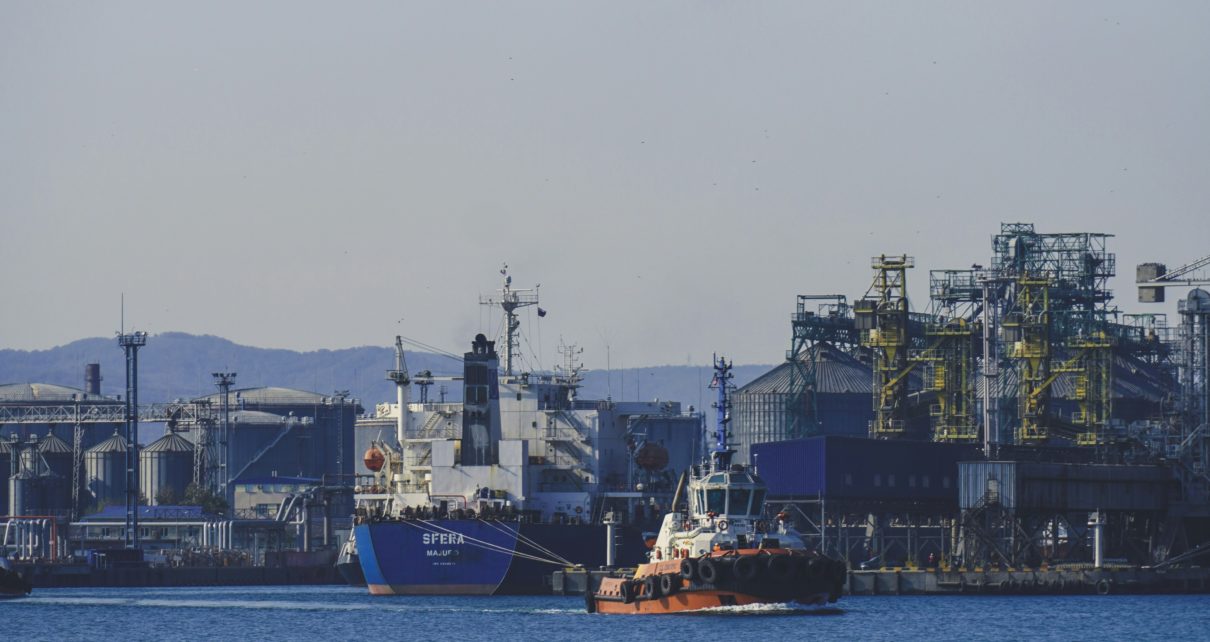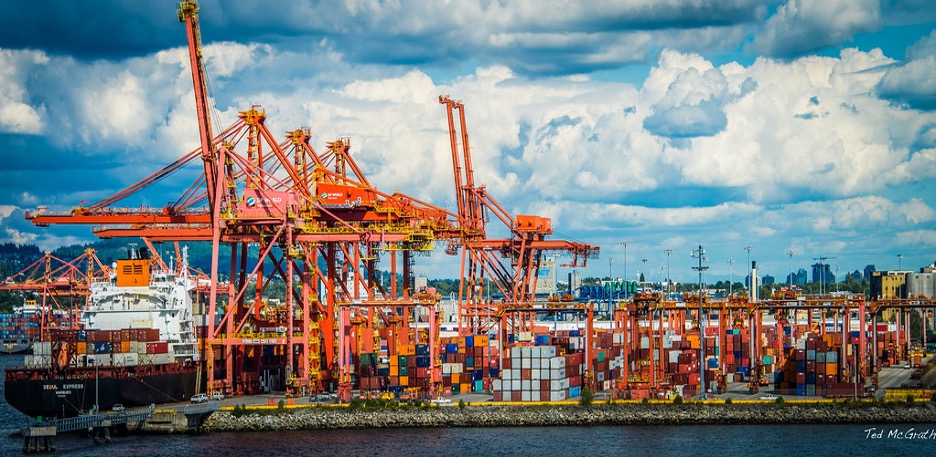Foreign Investment, Market Structure, and NATO Economic Security Russia’s invasion of Ukraine marked a turning point in how NATO understands economic security. The immediate response was necessarily focused on energy: securing supply, diversifying imports, and hardening critical infrastructure against disruption. These efforts were essential. They reflected a growing recognition that dependence on hostile or unreliable Read More…
Security, Trade and the Economy
The Security, Trade and the Economy program aims to provide Canadians with relevant and accessible analysis on current international economic policies with a focus on Canadian interests and trade security. Additionally, the program examines our country’s commitment to NATO’s mandate of encouraging economic collaboration and eliminating economic conflict.
How NATO’s Innovation Lift Could Reshape Canada’s R&D System
Innovation as strategic capital NATO members are placing increasing emphasis on science, technology and industrial capability as part of collective defence. The recent commitment by allies to move toward defence spending of 5% of GDP, including higher levels of research, development and industrial investment, reflects a recognition that technological advantage affects deterrence, economic resilience and the ability to operate in contested environments. This shift Read More…
Trusted site readiness: Canada’s edge in a shifting global FDI landscape
Foreign Direct Investment (FDI), defined as an investment where a person or company from one country acquires 10% or more of the voting shares, or equivalent ownership of a business enterprise in another country, is central to Canada’s long-term competitiveness. Trusted, high-quality FDI strengthens economic resilience by anchoring supply chains, transferring technology, and building local Read More…
Vaccine Nationalism and COVID-19: Lessons for Future Pandemics
Harvard epidemiologist Caroline Buckee has warned that another pandemic is “just a matter of time.” The question is whether Canada and its allies will be better prepared when the next global health crisis arrives. One of the clearest failures of the global response to COVID-19 was the scramble for vaccines. In 2020, Canada lacked domestic Read More…
Sanctions and Security: Costs of Canada’s Global Credibility
When Canada sanctions Russia, it’s about defending peace and security. When Canada sanctions Russia, it’s also about your bill at the gas pump and how Ottawa allocates your tax dollars. In 2025, Ottawa faces a strategic triangle: enforcing sanctions to uphold NATO and trans-atlantic unity, funding growing defence commitments, and keeping life affordable for Canadians. Read More…
NATO’s Resilience Agenda and Canada’s Agri-Food Reliability
Imagine a coordinated cyberattack takes down the Port of Vancouver’s logistics systems. Ships can’t unload. Trains can’t be loaded. Grain shipments to Asia stop dead, and critical imports can’t get through. This scenario illustrates the kind of real-world threat that NATO now considers a core security challenge, compelling Canada and its allies to rethink the Read More…
Canada Should Forge Stronger Ties with the European Union to Defend its Arctic
Canada is facing severe challenges. As bilateral relations deteriorate and international alliances rapidly shift, Canada must reassess defence priorities. Canada needs to start by aligning with the European Union and defence preparation in the Arctic. Long seen as an afterthought, northern borders are a key battleground for resources, trade and influence. Unaddressed global warming is Read More…
Lines of Defence: A Policy Agenda for Canada’s Defence Capabilities
Below is the NATO Association of Canada’s publication on increasing Canada’s defence spending, with contributions from leading experts. Line of Defence: A Policy Agenda for Canada’s Defence Capabilities
NATO’s Defence Spending Surge Is a Smart Move – But Can Europe and Canada Keep Up?
In June 2025, during the NATO summit in The Hague, the alliance agreed to a massive increase in defence spending, committing to reach the 5% goal by 2035. This article examines why Canada and the EU must match their rhetoric with resolve and highlights effective avenues for achieving higher defence investment.
Specific Pacific: What NATO can Gain from Improving Relationships in the Indo-Pacific
In his newest article, James Lautens explores why NATO should focus on building stronger relationships in the Indo-Pacific and what opportunities can be derived from such an investment. He argues that by investing in and cooperating with the democracies in the region, NATO can curb the influence of Russia and China, who are increasingly challenging the rules-based international order.










